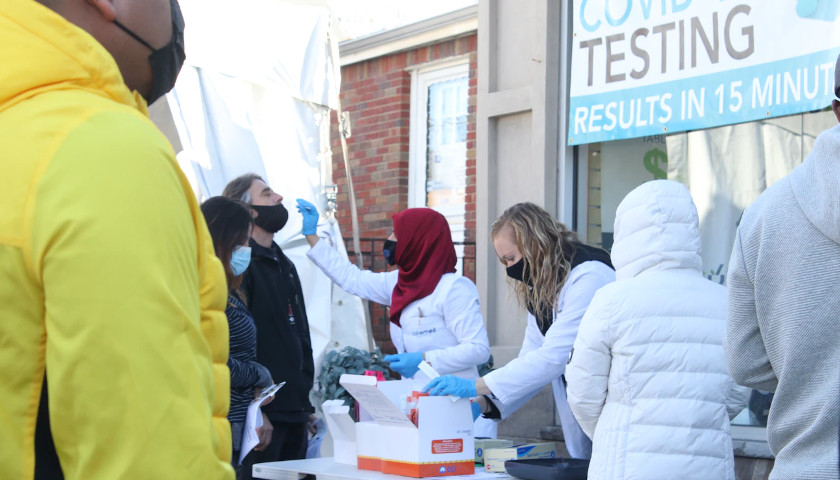by Kyle Hooten
The Minnesota Department of Health admits that its official tally of coronavirus cases associated with schools includes cases where no positive test was recorded and “cases where the exposure setting was not confirmed.”

For one year, as of this week, Gov. Tim Walz has imposed restrictions or closures on Minnesota public schools, claiming that such measures are informed by careful scientific study. However, an examination of the Minnesota Department of Health’s (MDH) weekly coronavirus reports raises some serious questions about the accuracy of the numbers the state has used to justify school closures.
Rather than tabulating the number of COVID-19 cases that have definitely originated in schools, the MDH reports on “cases associated with pre-K through grade 12 school buildings.”
This means the data includes not only “cases exposed in a school setting,” as one might expect, but also “cases exposed in other settings, and cases where the exposure setting was not confirmed.” What’s more, the “numbers include confirmed and probable cases,” meaning that a positive test is not necessarily required to include a “case” in this metric.
Alpha News reached out to the state for clarification about this data. The MDH’s COVID-19 Public Inquiry Group confirmed that the school data include cases of an unconfirmed origin, adding that this metric includes cases “associated with school staff and students.” No additional information was provided about how an “associated” case is defined.

MDH data about COVID-19 in state colleges is defined along equally vague lines. Both test-confirmed and unconfirmed cases are counted as well as cases “affiliated with faculty, staff, and students.” Again, no definition of an affiliation is provided.
Meanwhile, other data show that school closures are actually associated with higher incidence of the virus. MIT-trained data scientist Youyang Gu heads up the AI powered COVID-19 Projections project. Drawing on data from The Atlantic’s COVID Tracking Project, Gu concluded that counties with in-person higher education “saw a much lower incidence vs counties [with] remote instruction.”
Although the state has allowed all schools to open since mid-February, a significant number of schools are still operating online-only. Some schools have even reduced the number of days in session. High schoolers in Rochester, for example, are not allowed to return in person and do not have classes on Wednesdays.
– – –
Kyle Hooten is a former member of the Trump Presidential Administration where he served in the Department of Commerce as a speechwriter for the Secretary.




